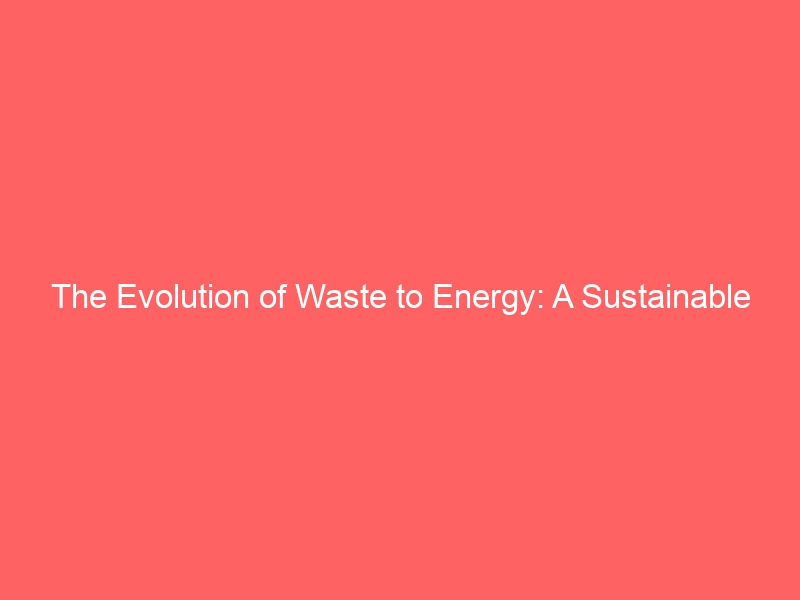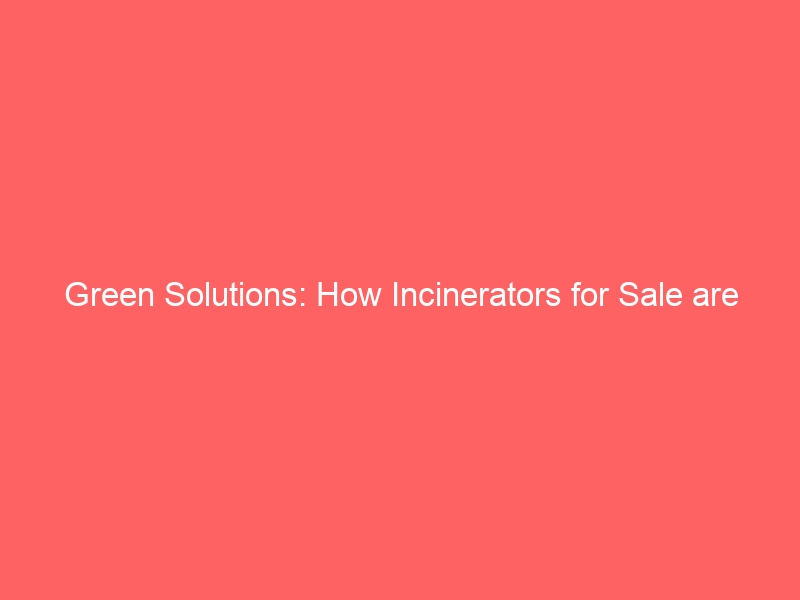
Breaking Down the Consequences of Medical Waste Burning Without Incineration
Medical waste is generated on a daily basis in hospitals, clinics, and other healthcare facilities. This waste includes items such as used needles, syringes, bandages, gloves, and other potentially hazardous materials. To dispose of this waste, many facilities use incineration, but there are also instances where medical waste is burned without incineration, leading to detrimental…














